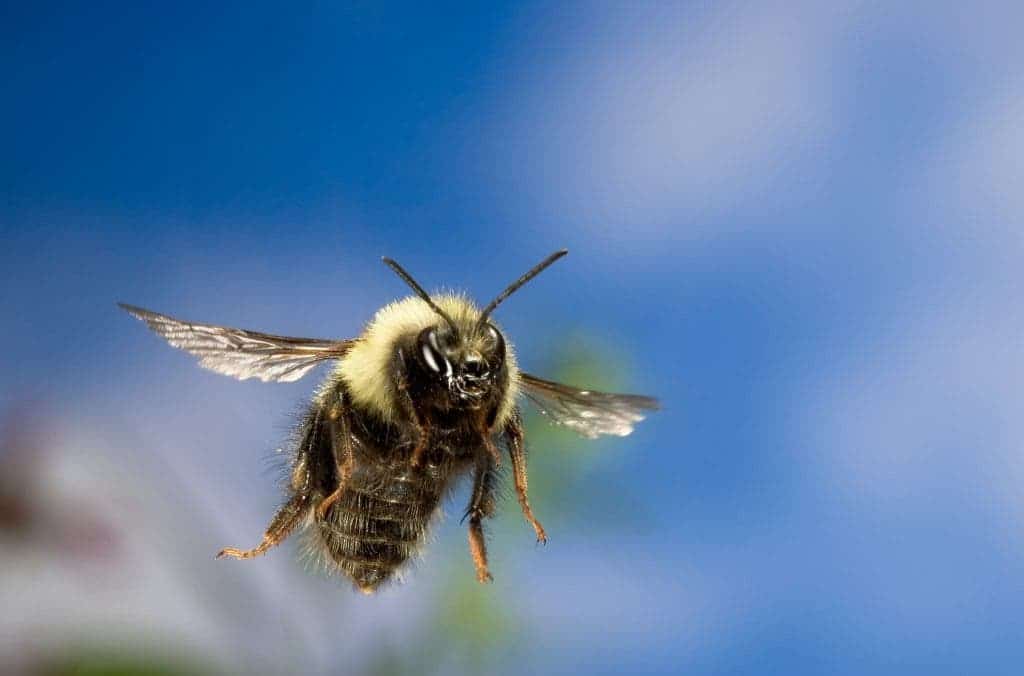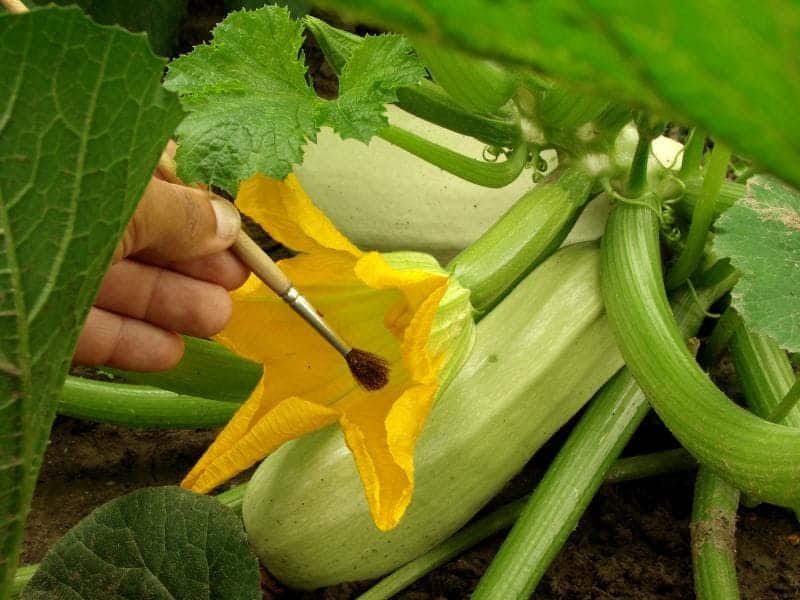In the most comprehensive study ever conducted of the impacts of climate change on critical pollinators, scientists have discovered that global warming is rapidly shrinking the area where these bees are found in both North America and Europe.
Researchers examined more than 420,000 historical and current records of many species of bumblebees and confirm that they are in steep decline at a continental scale because of climate change. The new research is reported in the journal Science.

The reduction in the habitable areas of these tiny fuzzy insects would make being a bumblebee really cramped and uncomfortable (we sympathize with the plight of our bumblebee readers), but more importantly, it would affect entire ecosystems that rely on them for food:
“Bumblebees pollinate many plants that provide food for humans and wildlife,” says Leif Richardson, a scientist at the University of Vermont who helped lead the new research. “If we don’t stop the decline in the abundance of bumblebees, we may well face higher food prices, diminished varieties, and other troubles.”
And we, as a species, rely on them, their honeybee brethren and other pollinators heavily in agriculture; farmers worldwide depend on them to pollinate crops, from onions to celery to tomatoes and sunflowers effectively, and free of charge. The buzz is a bonus.
“Pollinators are vital for food security and our economy, and widespread losses of pollinators due to climate change will diminish both,” stated leader of the study Jeremy Kerr, a biologist from the University of Ottawa. “We need to figure out how we can improve the outlook for pollinators at continental scales, but the most important thing we can do is begin to take serious action to reduce the rate of climate change.”

Image via: garden.lovetoknow.com
Many species of animals and insects have been observed to expand their territories northwards, towards the North Pole, as previously frigid lands become more hospitable due to climate change. Bumblebees however are a special and worrying case, as they do not seem to move north at all, and even worse, the southern boundary of their territory is starting to creep away from the equator.
“This was a surprise,” said Richardson, a bee expert at UVM’s Gund Institute for Ecological Economics. “The bees are losing range on their southern margin and failing to pick up territory at the northern margin–so their habitat range is shrinking.”
The new study shows that the culprit is not pesticides and it’s not land use changes–two other major threats to bumblebee populations and health. Instead, the research shows clearly that this “range compression,” as the scientists call it, tracks with warming temperatures.
The team also found that bumblebees are starting to move to higher elevations, up hill and mountain sides, searching for cooler, more comfortable temperatures.
“Moving upslope doesn’t necessarily mean they’ve lost area there yet,” said UVM’s Richardson, “but, eventually, they may simply run out of hill.”
To conduct their study, the scientist used geo-referenced databases from museum collections on both continents. In Vermont, Leif Richardson examined bee specimens at UVM’s Zadock Thompson Zoological Collections.
Over the 110 years of records that the team examined, bumblebees have lost about 185 miles (300 km) from the southern edge of their range in Europe and North America, the scientists estimate.
“The scale and pace of these losses are unprecedented,” said Ottawa’s Jeremy Kerr.
They speculate that the explanation lies in the bee’s origins: many other species of insects originated and diversified in tropical climates, so the higher temperatures bode them well, as they can better adapt to them. Bumblebees however have “unusual evolutionary origins in the cool Palearctic,” the scientists write, which may help explain their rapid losses of terrain from the south and lagging expansion in the warming north.
To respond to this problem, the research team suggests that a dramatic solution be considered: moving bee populations into new areas where they might persist. This “assisted migration” idea has been considered–and controversial–in conservation biology circles for more than a decade, but is gaining support as warming continues.
“We need new strategies to help these species cope with the effects of human-caused climate change, perhaps assisting them to shift into northern areas,” said Kerr. But the most important message of this study is “the need to halt or reverse climate warming,” says Leif Richardson, a USDA National Institute of Food and Agriculture postdoctoral research fellow at UVM.
“These findings could spell trouble for many plants–including some crops, like blueberries–that depend on bumblebees for pollination,” he said. “Bumblebees are crucial to our natural ecosystems.”


